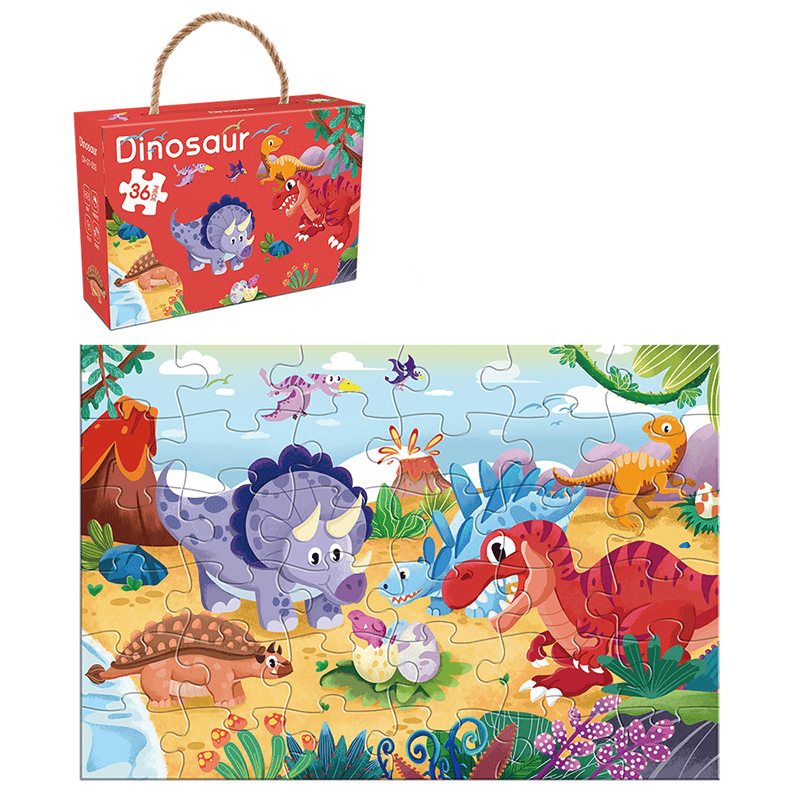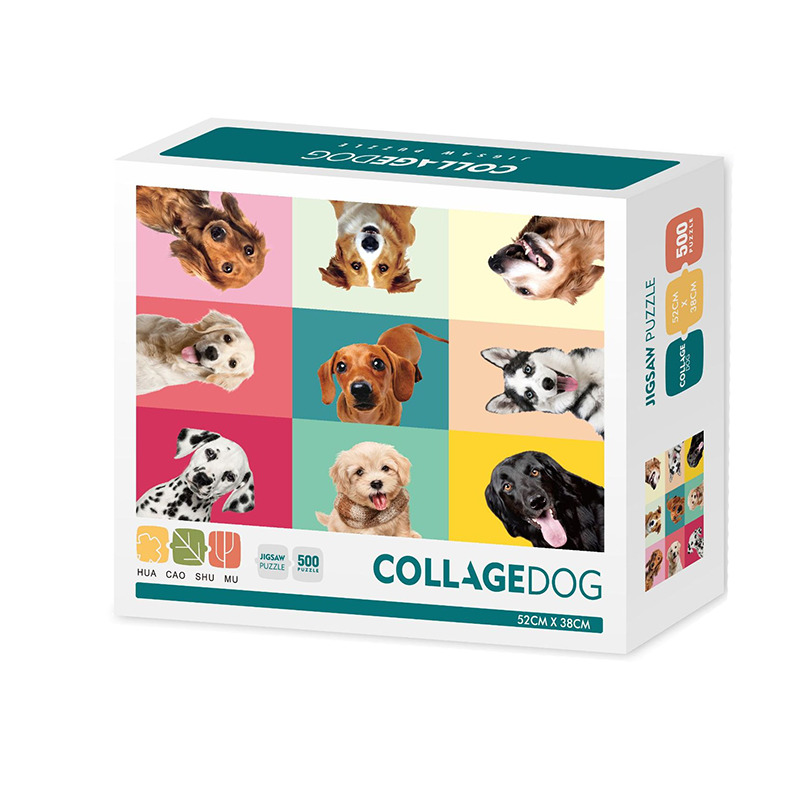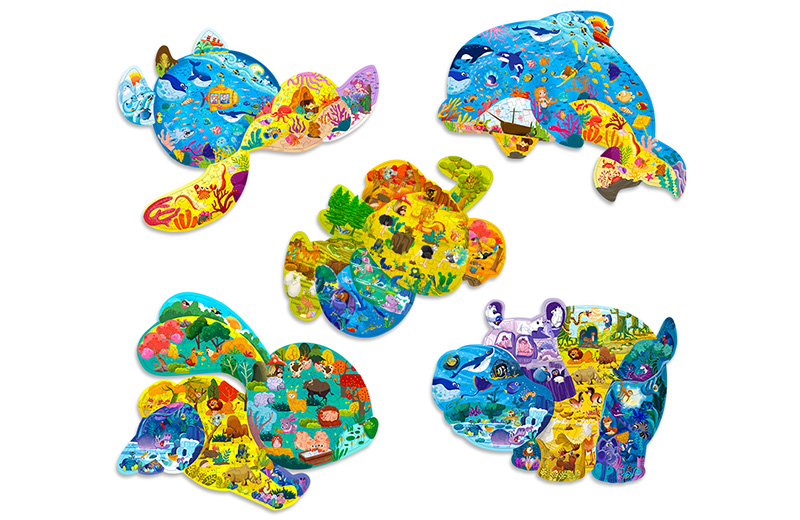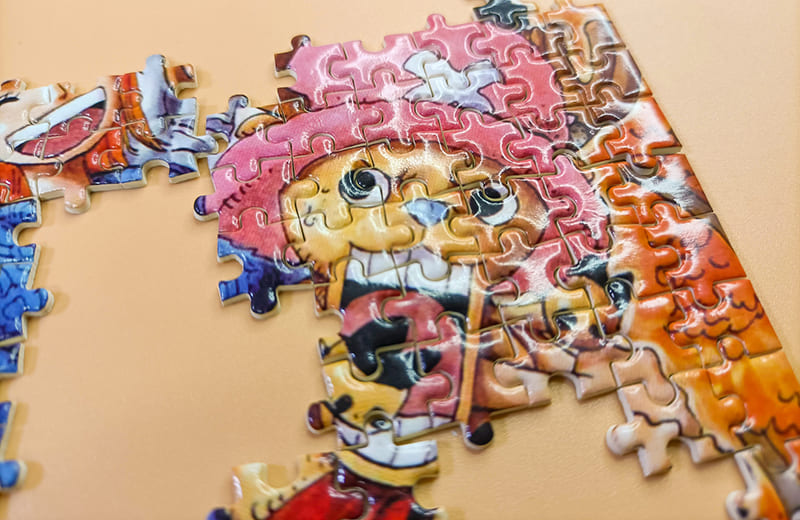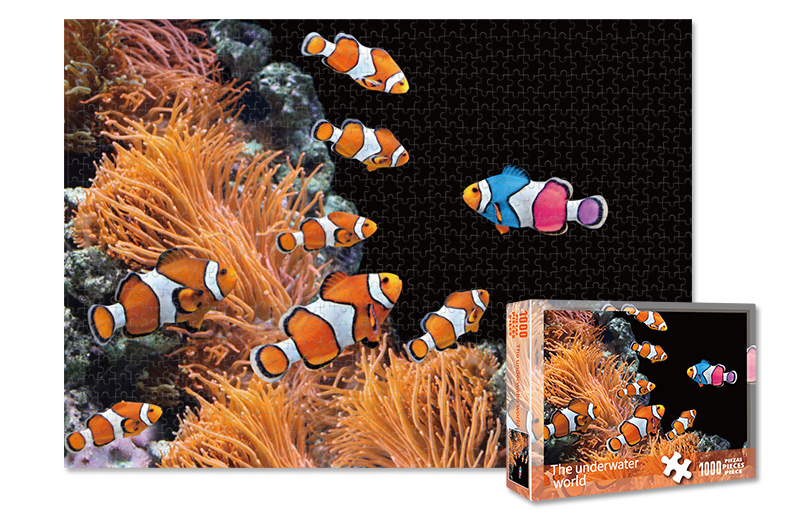How to choose puzzles for children of different ages?
The quality of the jigsaw brand is more solid, the uniqueness of its cartouches ensures one-to-one shading, allowing children to correct their mistakes faster, and most of the patterns in the older stages are more realistic. In particular, there are many car themes, which are definitely the favorite of car fans.
For children 0-1 years old, you can choose a large piece, several pieces of the puzzle, a single object based on 1-2 pieces. This child learns quickly, put together without a threshold, it is easy to have a sense of accomplishment. Early pairs with small handles for jigsaw puzzles, very addictive, after the puzzle will be based on their own applause for themselves, that sense of accomplishment full of looks I still we unforgettable. This stage of development we can as the main selection of puzzles with small handles, easy to grip.
With 2-3 pieces you can build yourself a more complete object, with low difficulty and a great sense of achievement. The larger pieces are in different scenes, which makes them more vivid. After the age of 1-2 years, you can try puzzles with 2-5 pieces, preferably with larger pieces, bright colors, and simple images. When I tried a four-piece puzzle earlier in the year, I discovered the law and immediately put together a complete picture. Children have a cognitive process, to time will naturally from 1 to 2, from 2 to 4, parents do not have to be in a hurry, to time naturally need only time and efficient companionship. 2-8 pieces of the combination (a total of 4 patterns) increased a certain degree of difficulty, while the pattern of more details, the child needs to be classified by color first, and then correspond to the splicing, it can be said that incorporates the idea of logical enlightenment. There are also series of small animals and cars, which can help the cognition of general knowledge of life.
After the age of 2-3 years, children can progress to shaped puzzles and 5-35 pieces of multi-piece puzzles. At this stage of development, children can not only learn to start working on more complex shapes, but also repeat playing with a familiar scene many times, and especially like to tell a story about the situation of the puzzle with their mouths. At this point, we should choose some more accessible children's puzzles, this kind of puzzle is not the traditional spelling, it can play the child's own creativity, add facial features to the characters, hairstyles. There are also similar themed cars, you can also play cards under the guidance of the guidance, play their imagination, splicing different parts, assembled into a picture on the car is no more. The different ways to play are very complex and varied. For basic play, you can just follow the standard cards to imitate and match them. Advanced play, you can according to their own imagination, any match with the use of the pattern in the scene. The accessories are abundant and highly playable.
For ages 3-6, the challenge of a 40-100 piece jigsaw puzzle requires a test of sustained concentration and patience to work with a large area of patterned pieces. Although they need to be assisted by mom and dad and often want to give up in the middle of the puzzle, children are willing to participate actively in this technically challenging activity. As parents, we are willing to accompany him in this endeavor.
Here are two other tips that parents should be aware of.
1, do not have to play the edge of the ball - many parents have their own inertia, such as like to play the edge of the ball, so that it is easier to operate. But this may be difficult for the child to understand, the corner blocks are often missing key graphic details and the pattern is highly repetitive. Therefore, at first parents can let go of this view, do not force the child to start from the corner, first observe how the child is operated, and then guided at the right time.
2, do not have to refer to the original picture to spell - for the education of children's development, jigsaw puzzle blocks are not a traditional pattern based on the original outline to cut, a puzzle piece inside there may be two or three different things in the local structure of the characteristics of the child to learn is difficult to combine these are scattered blocks and the original map correspondence. If forced to refer to the original picture to spell, the child's global view and sense of orientation will have a great challenge, this teaching method will be greatly reduced in the beginning of the puzzle to affect the child's interest, but the loss is not worth it. If there is no child can analyze their own observations, focus on the details, according to their own attempts to slowly put together a complete puzzle, is also not bad.
Previous: No More
Next: What are the highlights in the presentation of toy puzzle manufacturers?



